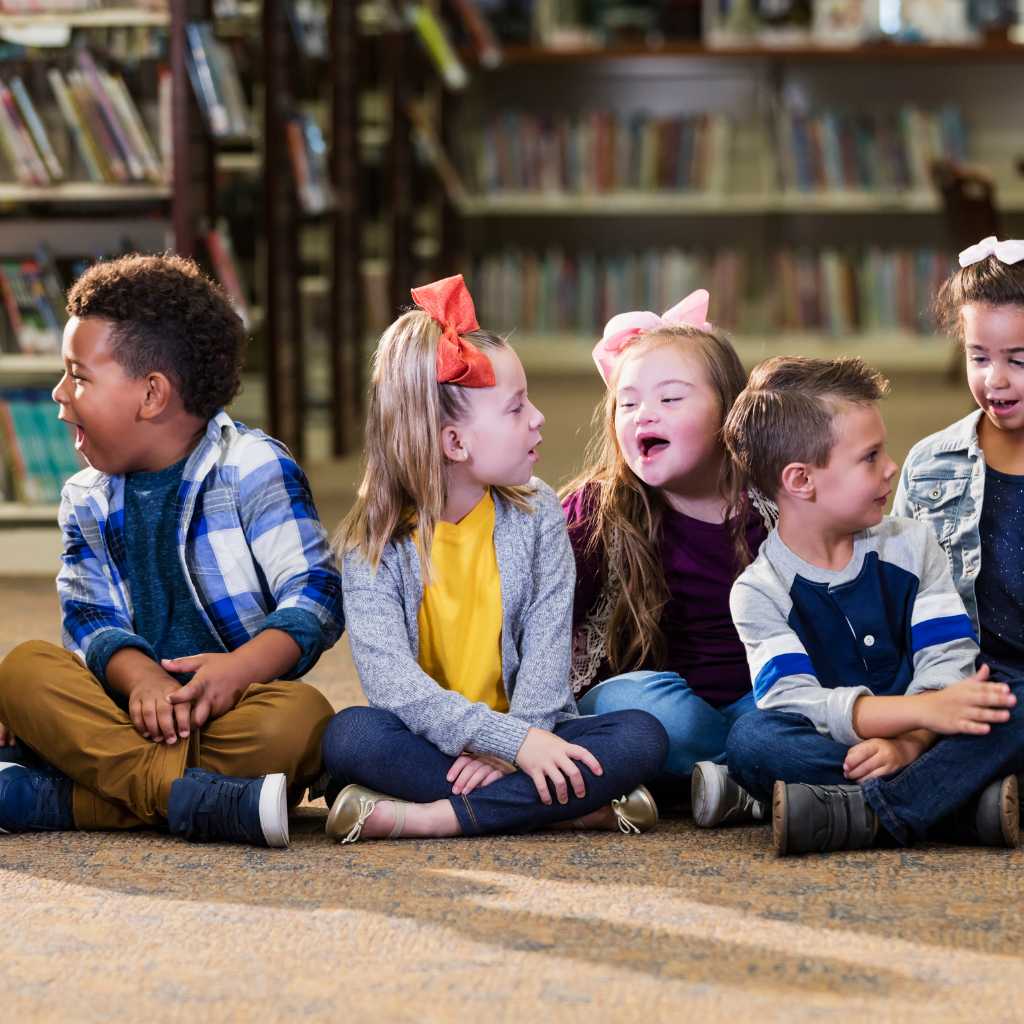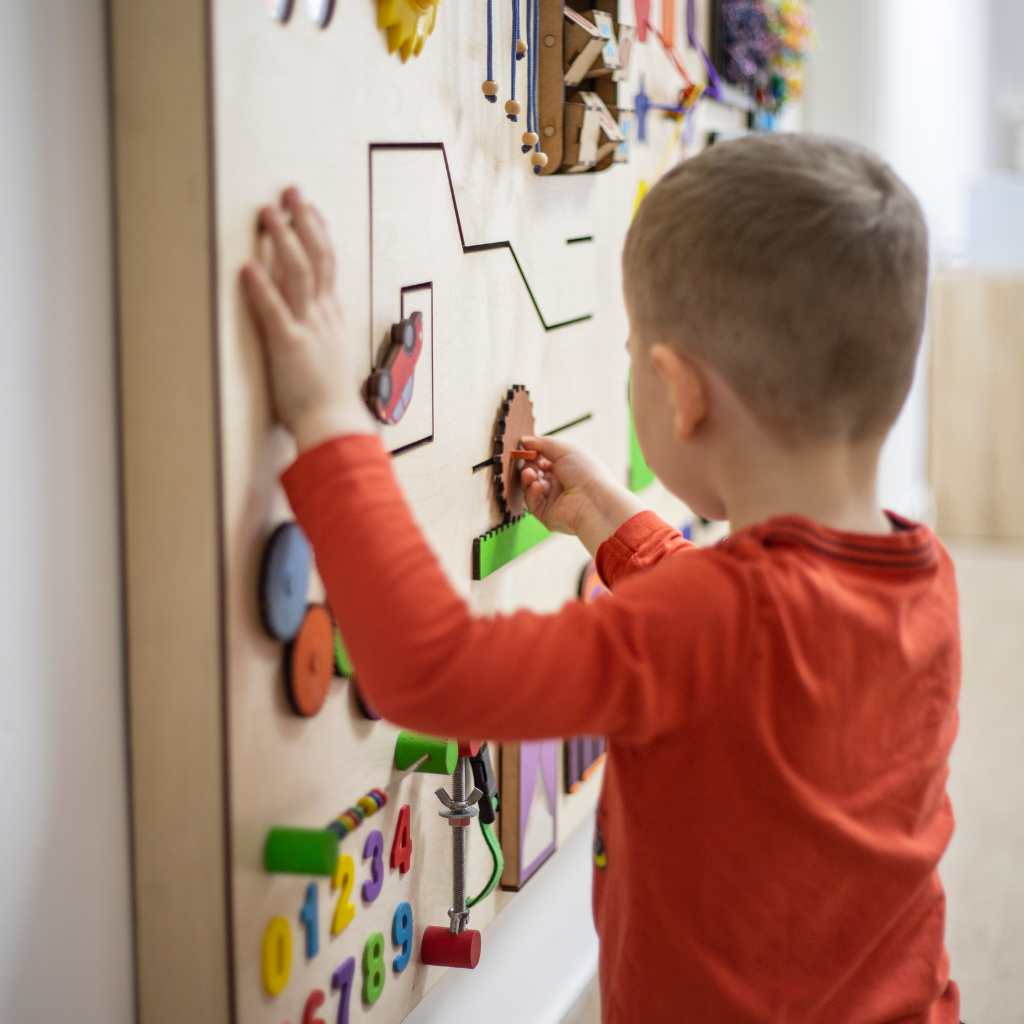Table of Contents
Neurodiverse vs Neurodivergent: Understanding these Concepts
When we talk about the richness of human brains and minds, words matter. If you’ve ever asked yourself, “What is the difference between neurodivergence and neurodiversity?”, you’re not alone. These terms are often used interchangeably, even in professional contexts, but they actually carry distinct meanings. Understanding them is not just an academic exercise; it’s an essential step toward building a more inclusive world where children, families, teachers, and communities can thrive together.
In this blog by ABA Centers of Florida, we’ll explore and compare neurodiverse vs neurodivergent, what each term means, where they come from, and how they can shape our perspective on autism and other conditions. We’ll also look at practical ways to support neurodivergent individuals, including how ABA therapy can empower families and children on the autism spectrum.
What Is Neurodiversity?
According to the Association for the Study of Medical Education, the word neurodiversity refers to the natural diversity of human brains and minds. Just as biodiversity describes the variety of life in nature, neurodiversity highlights the fact that no two human brains are exactly alike. This idea was first introduced in the 1990s by Australian sociologist Judy Singer, who wanted to shift conversations about autism away from pathology and toward identity and acceptance.
In simple terms, neurodiversity is a collective property. It describes humanity as a whole; our species is neurodiverse because our brains function in many different ways. A classroom filled with children who learn, focus, or communicate differently is a neurodiverse group. A workplace where both autistic and non-autistic employees contribute is also neurodiverse.
Neurodiversity isn’t something an individual “has.” Instead, it’s a fact of life: the world is neurodiverse because human brains are diverse.

What Does Neurodivergent Mean?
If neurodiversity is about the group, neurodivergent is about the individual. A neurodivergent person has a brain that works differently from what society considers typical or neurotypical.
The term was coined in 2000 by activist Kassiane Asasumasu to give people a way to describe themselves that wasn’t rooted in medical diagnoses or deficit-based language. Examples of neurodivergence include:
- Autism spectrum disorder (ASD)
- Attention-deficit hyperactivity disorder (ADHD)
- Dyslexia and other learning differences
- Dyspraxia
- Tourette syndrome
- And in some discussions, mental health conditions like anxiety and depression
It’s important to note that being neurodivergent means that someone’s brain works in ways that may differ from what society expects, which can vary from one culture to another.
Neurodiverse vs Neurodivergent: Clearing the Confusion

So, what exactly is the difference between neurodiverse vs neurodivergent?
- Neurodiverse describes a group of people, not a single individual. For example, “Our classroom is neurodiverse.”
- Neurodivergent describes an individual whose brain diverges from the “typical.” For example, “My son is neurodivergent.”
Both terms fall under the larger umbrella of neurodiversity, which recognizes that neurological differences are a natural and valuable part of human variation.
Why does this matter? Because using the correct language helps us respect identities and reduce stigma. When we say a person is neurodivergent, we acknowledge their unique way of being without reducing them to a medical label. When we talk about neurodiversity, we recognize that differences in thinking enrich our families, classrooms, and communities.
Neurodivergence and Neurodiversity in Everyday Life
The concepts of neurodivergence and neurodiversity aren’t just abstract; they show up in real life every day. Consider these examples:
- In schools: A teacher who understands neurodiversity may offer flexible seating, sensory-friendly spaces, or alternative ways to demonstrate knowledge, helping both neurodivergent and neurotypical students succeed.
- At home: Parents raising neurodivergent children often learn to adapt routines, communication styles, and environments so their kids can thrive.
- At work: Employers who value neurodiversity might rethink hiring practices, create quiet workspaces, or allow for flexible schedules, enabling neurodivergent employees to thrive.
The heart of the neurodiversity paradigm is this: challenges do exist, but they often come from environments that aren’t built with neurodivergent people in mind. By changing systems and expectations, we make the world more inclusive for everyone.
Understanding the Paradigm Shift
Historically, we have understood autism or ADHD mainly through the medical model, which framed them as “deficits” that needed fixing. Today, the neurodiversity paradigm offers another lens. Instead of asking, “How can we make neurodivergent people more like everyone else?”, it asks, “How can we make society more accommodating of different ways of thinking?”

This shift doesn’t mean ignoring real challenges. For example, sensory overload or communication difficulties can cause stress regardless of the environment. But it does mean shifting responsibility: instead of forcing neurodivergent people to adapt at all costs, we work together to create spaces where they can succeed.
Why Language Matters: The Neurodivergent Meaning
Words shape how we see each other. The neurodivergent meaning is more than a label; it’s a way of affirming identity. For many people, embracing the word neurodivergent feels more empowering than being described only by medical terms.
It also allows individuals to connect across different conditions. A student with ADHD and an adult with dyslexia may not share the same experiences, but both may find community in the broader identity of being neurodivergent.
Supporting Neurodivergent Children and Families
Parents and caregivers often ask: What can I do to support my neurodivergent child? While every child is unique, some general strategies include:
- Listening first: Children often communicate their needs in ways beyond words. Be attentive to their signals.
- Creating safe environments: Reduce sensory overload when possible.
- Advocating in schools: Work with teachers to implement accommodations and inclusive practices.
- Connecting with support networks: Local and online communities can provide resources, encouragement, and solidarity.
ABA Therapy as a Supportive Resource
One approach that families may consider is Applied Behavior Analysis (ABA) therapy. At its best, ABA is not about changing who a child is; it’s about creating environments where they can thrive. For children with autism, ABA therapy can help build communication skills, increase independence, and reduce stress in daily life.
Importantly, ABA today is increasingly focused on empowerment rather than compliance. That means supporting the child’s unique strengths and helping families adapt routines and contexts to work better for them. In practice, this might look like:

- Teaching a child tools to express frustration instead of having a meltdown
- Supporting parents with strategies for smoother routines
- Helping schools build inclusive classrooms
By centering the individual’s needs, ABA therapy can play a valuable role in supporting neurodivergent children without trying to make them “less themselves.”
Building Inclusive Communities
Creating truly inclusive spaces means involving everyone: parents, caregivers, teachers, advocates, employers, and neighbors. Practical steps include:
- Using neuro-affirming language
- Challenging stereotypes about autism, ADHD, and other conditions
- Supporting policies that protect disability rights
- Celebrating the contributions of neurodivergent people
As the National Autistic Society emphasizes, neurodiversity is about valuing different perspectives and building a society where everyone belongs.
Moving Forward Together with ABA Centers of Florida
Understanding the difference between neurodiverse vs neurodivergent is more than a linguistic detail; it’s about reshaping how we see human variation. Neurodiversity reminds us that diversity in thinking is a fact of life. Neurodivergence helps us honor the identities of individuals whose brains work differently.
Together, these concepts push us to move beyond deficit-based thinking and toward a culture of acceptance, empowerment, and inclusion.
At ABA Centers of Florida, we take this commitment seriously. Every therapy plan we design is individualized to meet the specific needs of each child. Our therapists use data-driven methods to adjust programs in real time, ensuring that interventions are both practical and responsive. Just as importantly, we provide parent training, equipping families with tools and strategies that help extend progress into daily life, supporting long-term results.
If you are a parent, caregiver, or educator looking for support, know that you don’t have to navigate this journey alone. ABA Centers of Florida offers diagnostic testing, early intervention, and ABA therapy designed to empower children with autism and support their families.
Reach out today by calling (772) 773-1975 or connect with us online to learn how we can walk alongside you in building a future where every child can thrive, just as they are!








